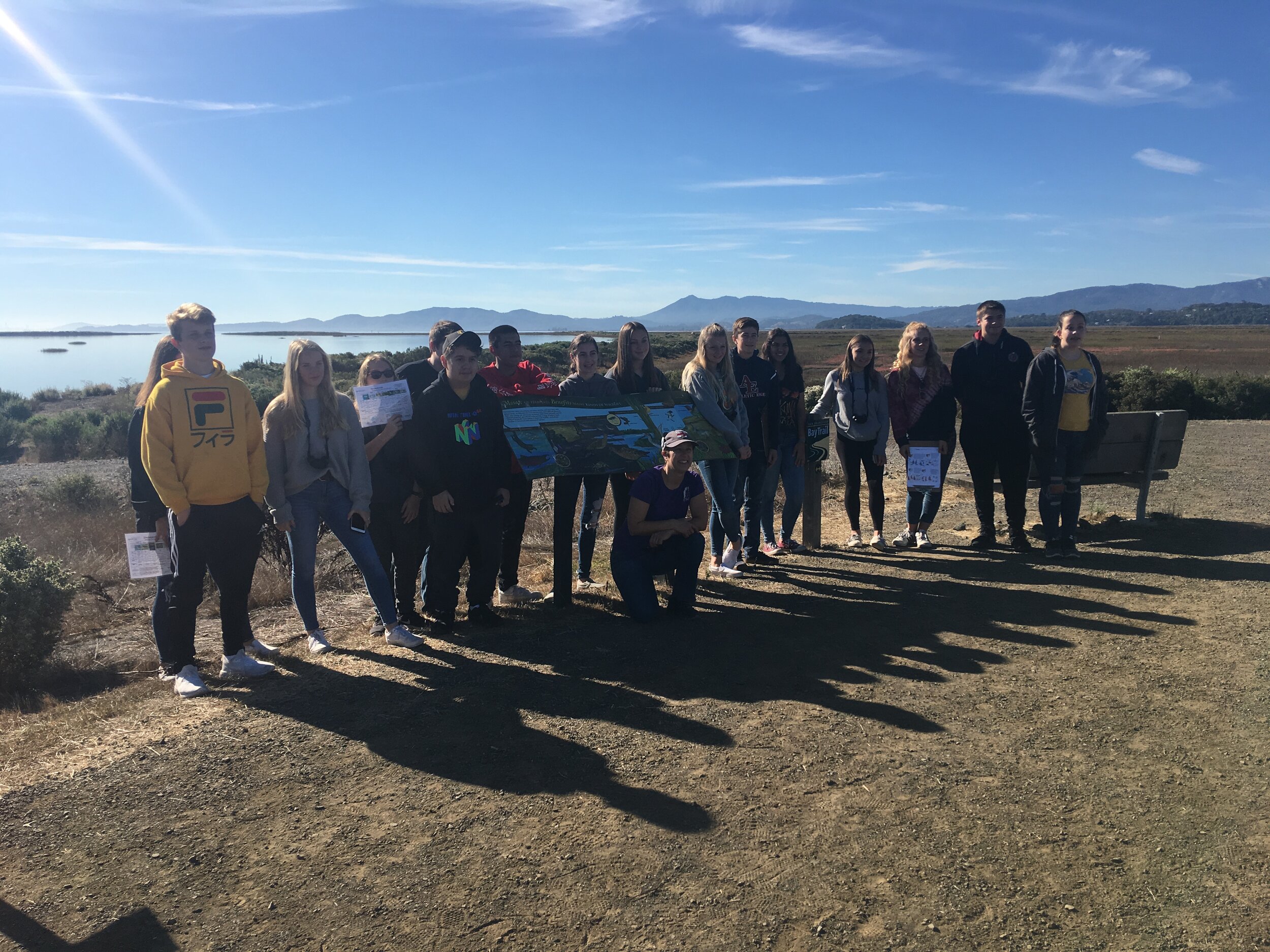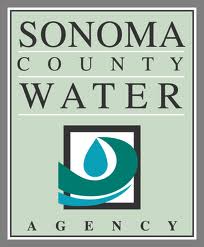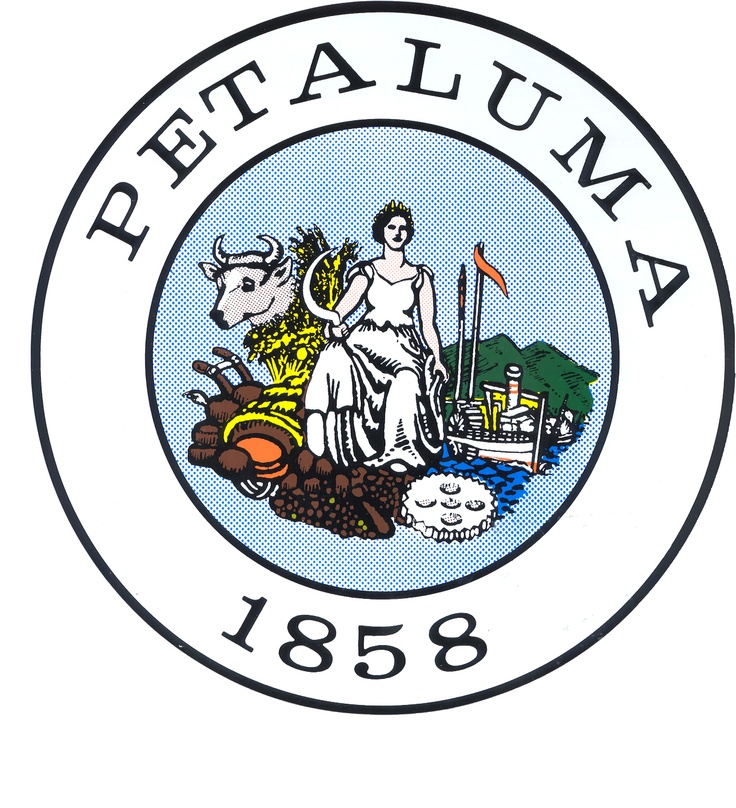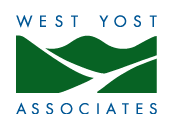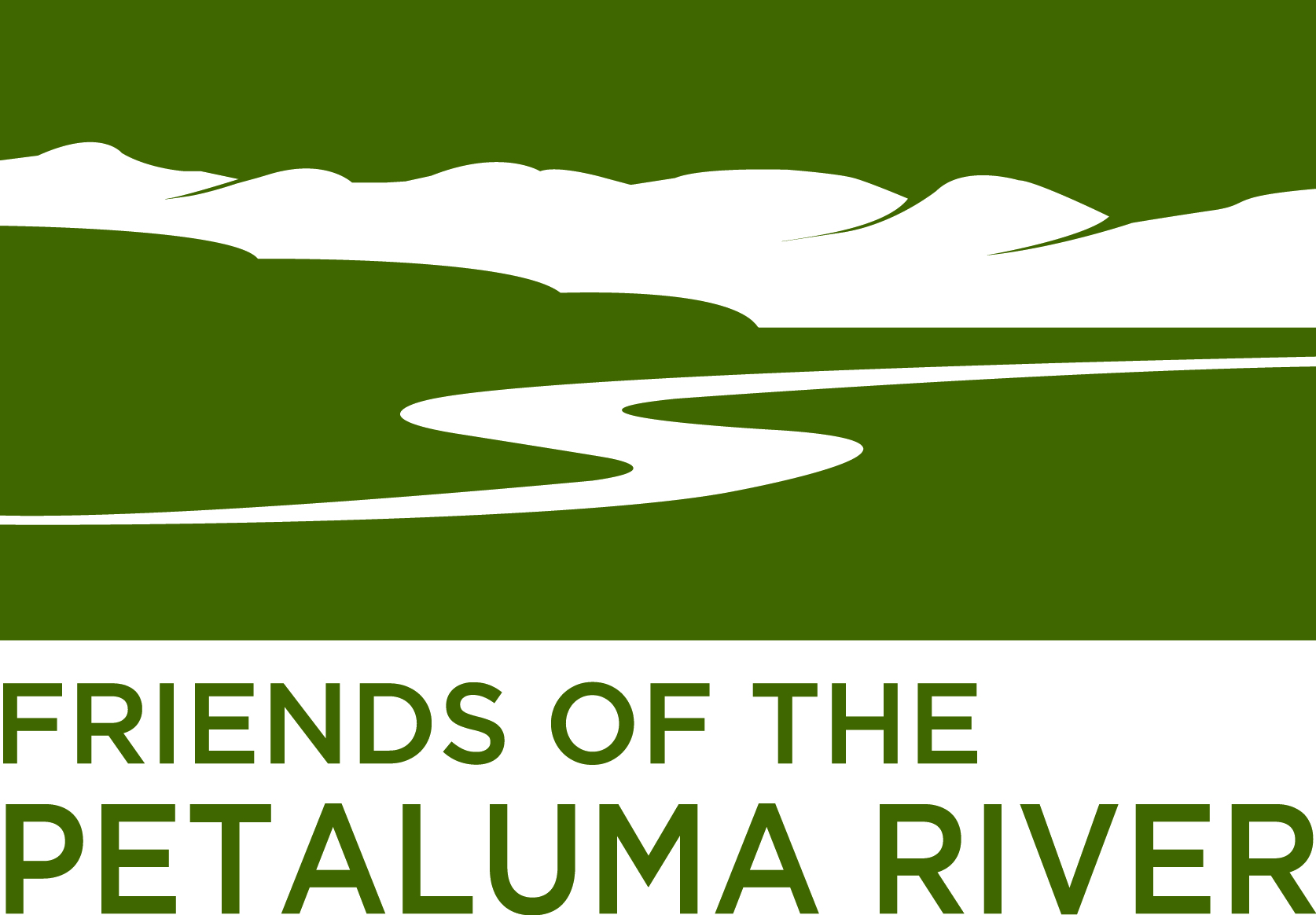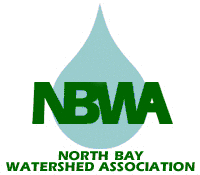Teaching Fire with Trauma in Mind
/While most Petaluma students have not lost homes, that does not mean students have not experienced trauma from the fires. Many have lost beloved places, homes of relatives, and perhaps even loved ones. Even withstanding direct loss, many students may have a new found fear of fire after the stress of preparing for evacuations. These are things to consider before attempting to broach the subject of fire's effect on our watershed.
With this in mind, if you feel you are able to approach the subject with sensitivity, the fires present an opportunity to talk with students about a variety of environmental topics in a way that will surely resonate with any Sonoma County student. Possible connections include air quality, climate change, fire ecology, and stormwater pollution.
The Sonoma Environmental Education Collaborative (SEEC), of which Friends of the Petaluma River and the Watershed Classroom are a part, has been working to compile a list of resources on teaching about wildfires effectively and with trauma in mind. This list includes information on teaching to trauma, references for educational books about fire and fire ecology, and links to information on a variety of fire related subjects.
Only you will know if and how it is right to fold fire into your class' or youth group's curriculum. If you choose to do so, we hope these resources make it a bit easier.
Note: This is a static, downloadable version of a living document. You can email katelynn@friendsofthepetalumariver.org for an updated version if significant time has passed since this post was published.
